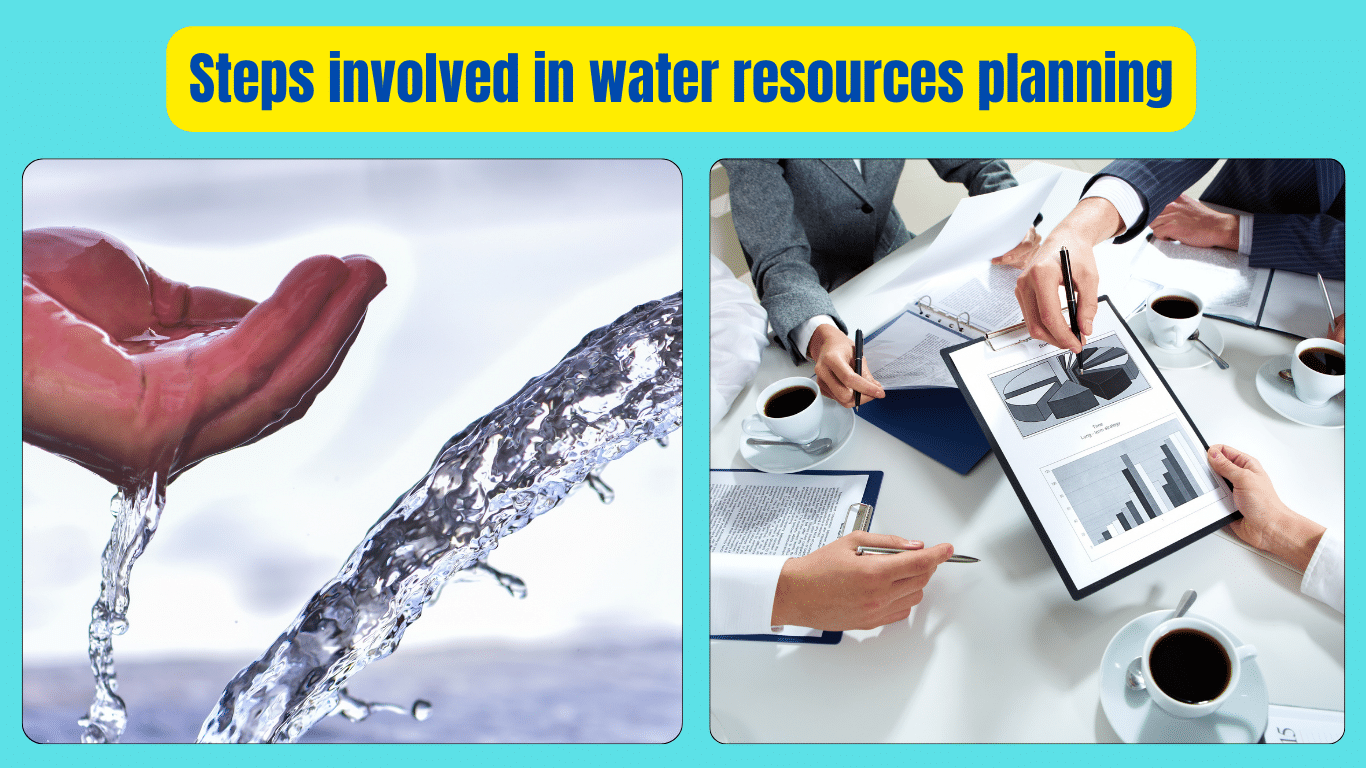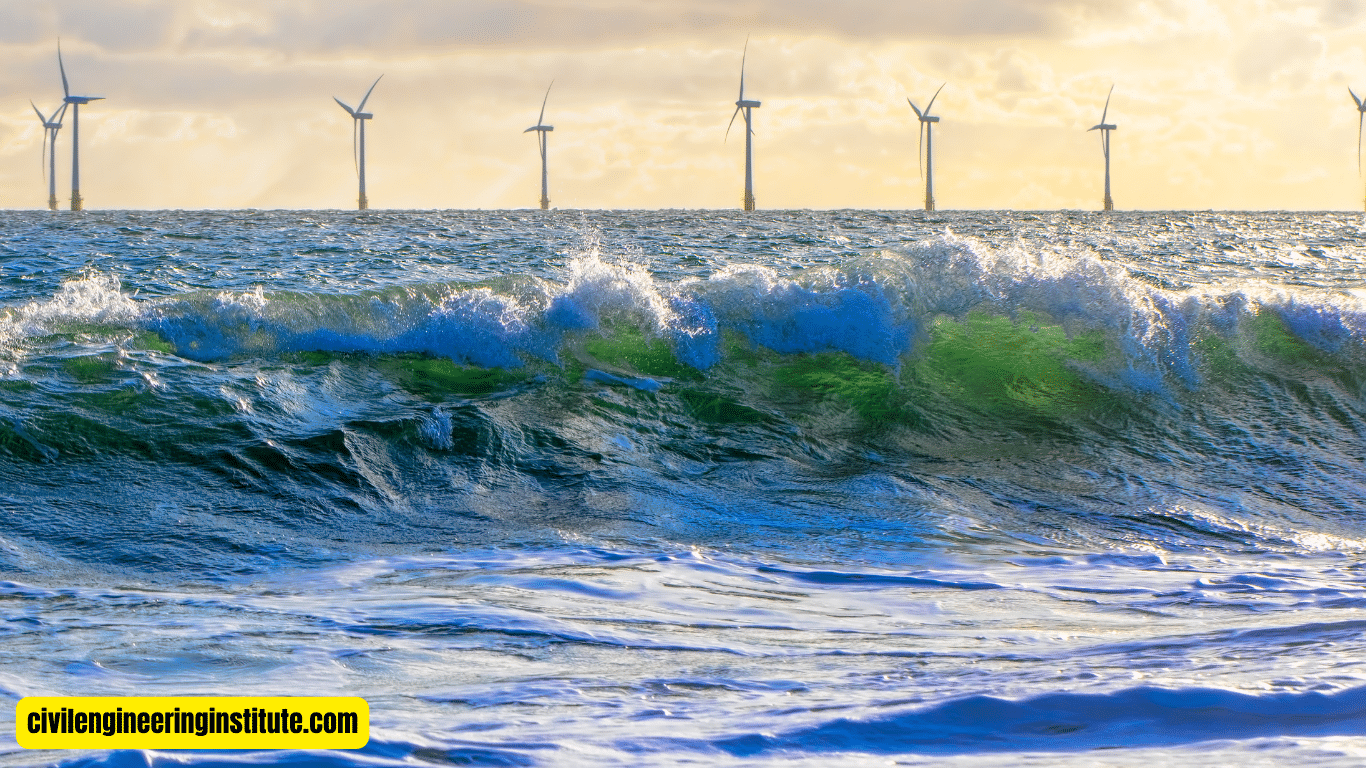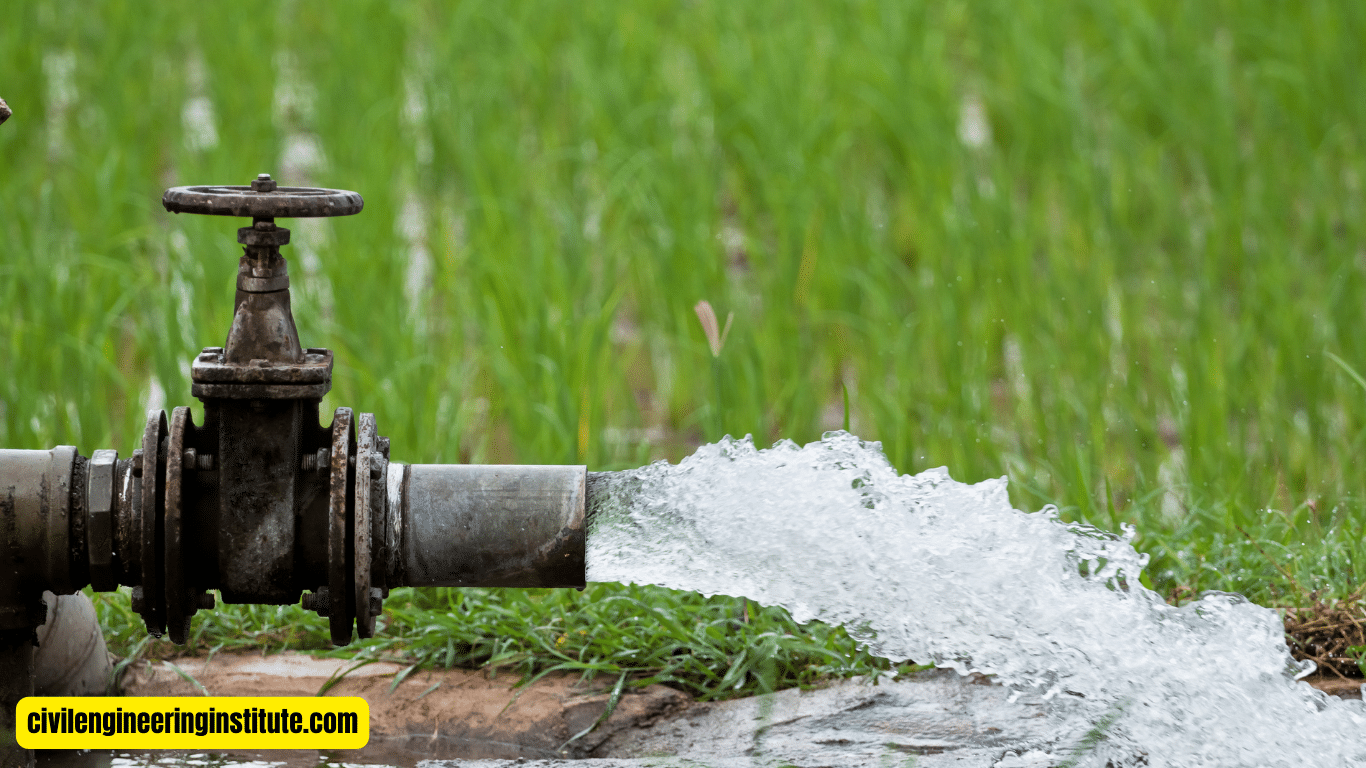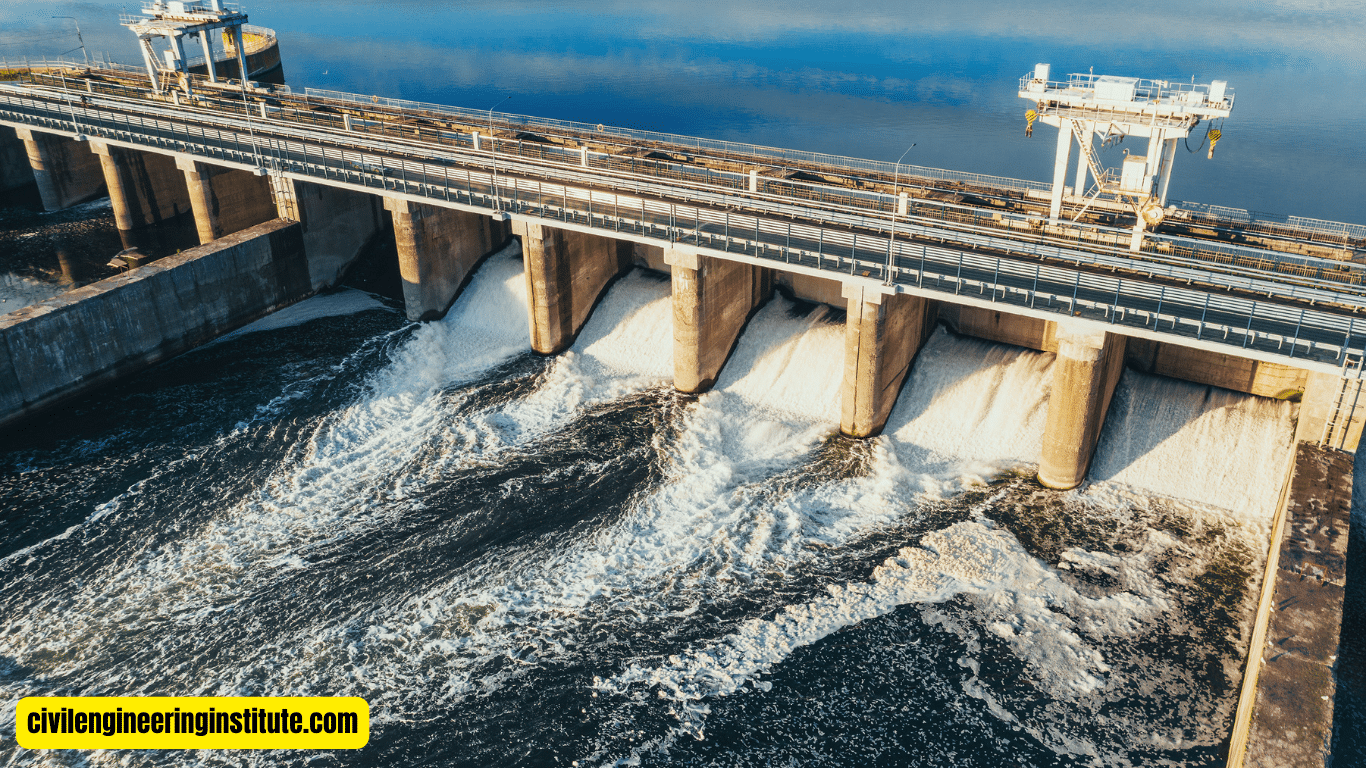Water resource planning is an essential process that ensures the effective management of water for various purposes like drinking, agriculture, and industry. The steps involved in water resources planning typically include assessment, goal setting, data collection, analysis, and implementation. Firstly, it’s essential to assess the current state of water resources, including availability, quality, and usage patterns. Then, specific goals and objectives are established based on the assessment findings, such as ensuring adequate water supply for communities or preserving ecosystems.
Next, extensive data collection is conducted to gather information on factors like precipitation, water demand, and environmental impacts. This data is then analyzed using various tools and techniques to develop strategies and plans for sustainable water management. Finally, the implementation phase involves putting the plans into action, which may include infrastructure development, policy changes, and community engagement efforts. By following these steps, water resources planning can help ensure the responsible and equitable use of this vital natural resource for present and future generations.
Steps Involved in Water Resources Planning
Water is a fundamental resource for life on Earth, essential for everything from drinking to agriculture and industry. However, as populations grow and climates change, managing water resources effectively becomes increasingly critical. Water resources planning is a comprehensive process that involves several key steps to ensure sustainable and equitable management of this precious resource. In this article, we’ll explore the steps involved in water resources planning in simple language that anyone can understand.
Assessment of Current Water Resources
The first step in water resources planning is to assess the current state of water resources. This assessment involves gathering data on factors such as water availability, quality, and usage patterns. It’s essential to understand how much water is available, where it comes from, and how it is being used. This information provides a baseline for developing effective management strategies.
Goal Setting
Once the current state of water resources has been assessed, the next step is to set goals for water management. These goals should be specific, measurable, achievable, relevant, and time-bound (SMART). Goals may include ensuring an adequate water supply for communities, protecting ecosystems, or improving water quality. Setting clear goals helps guide the planning process and ensures that efforts are focused on achieving meaningful outcomes.
Data Collection
Data collection is a crucial aspect of water resources planning. Gathering accurate and up-to-date data on factors such as precipitation, water demand, and environmental impacts is essential for making informed decisions. This data can be collected through various methods, including monitoring networks, remote sensing, and stakeholder surveys. The more comprehensive and reliable the data, the better-equipped planners will be to develop effective management strategies.
Analysis
Once data has been collected, it must be analyzed to identify trends, patterns, and relationships that can inform water management decisions. This analysis may involve statistical techniques, computer modeling, and other tools to assess the potential impacts of different management scenarios. By analyzing the data, planners can better understand the complex dynamics of water resources and develop strategies that maximize benefits and minimize risks.
Development of Management Strategies
Based on the assessment and analysis, the next step is to develop management strategies to achieve the goals set earlier. These strategies may include a combination of conservation measures, infrastructure improvements, policy changes, and community engagement efforts. It’s essential to consider a range of options and evaluate their potential impacts before deciding on a course of action. Collaboration with stakeholders, including government agencies, businesses, and local communities, is often crucial to developing effective management strategies.
Implementation
Once management strategies have been developed, they must be implemented effectively. This may involve investing in infrastructure projects, enacting new policies and regulations, or launching public education campaigns. Implementation can be a complex and challenging process, requiring coordination among various stakeholders and careful monitoring of progress. However, it’s a critical step in turning plans into action and achieving tangible results in water resources management.
Monitoring and Evaluation
After implementation, it’s essential to monitor the effectiveness of management strategies and evaluate their impact on water resources. This may involve tracking key indicators such as water levels, water quality, and ecosystem health over time. By regularly monitoring and evaluating progress, planners can identify successes and challenges and make adjustments as needed to ensure that goals are being met effectively.
Some Important Queries: Steps involved in water resources planning
What is Water Resources Planning?
Water resources planning is the process of systematically assessing, managing, and allocating water to meet various needs such as drinking, agriculture, industry, and the environment. It involves analyzing current water availability, setting goals for sustainable water use, and developing strategies to achieve those goals effectively.
Various Tasks for Planning a Water Resources Project
Planning a water resources project involves several tasks, including assessing water availability and quality, identifying water demands, evaluating potential impacts on the environment, and designing infrastructure to manage and distribute water efficiently. Stakeholder engagement, data collection, analysis, and decision-making are also integral tasks in the planning process.
Approaches for Planning and Management of Water Resources
There are various approaches to planning and managing water resources, including integrated water resources management (IWRM), which emphasizes coordinated development and management of water, land, and related resources. Other approaches include demand management, ecosystem-based management, and adaptive management, each tailored to specific needs and challenges.
Purposes and Objectives of Water Resources Planning
Water resource planning aims to ensure sustainable and equitable water management for present and future generations. The objectives include meeting water demand for various uses, protecting ecosystems, minimizing water-related risks such as floods and droughts, and promoting efficient use and conservation of water resources.
Necessity of Water Resources Planning and Management
Water resources planning and management are necessary to address growing water scarcity, competing demands, and increasing threats from climate change. Effective planning helps prevent water crises, ensures access to safe and reliable water supplies, promotes economic development, and protects ecosystems and biodiversity.
Meaning and Importance of Water Resources
Water resources refer to all sources of water, including rivers, lakes, groundwater, and precipitation, that are available for various uses. Water is essential for life, food production, sanitation, energy generation, and countless other activities, making it a critical resource for human well-being, economic prosperity, and environmental sustainability. Protecting and managing water resources effectively is essential to ensure their continued availability and quality for current and future generations.
Conclusion
Water resources planning is a multifaceted process that requires careful assessment, analysis, and collaboration to ensure sustainable and equitable management of this vital resource. By following these steps and engaging with stakeholders, planners can develop effective strategies that meet the needs of both current and future generations. With the growing pressures on water resources, proactive planning is more critical than ever to ensure a secure and resilient water future for all.
FAQs
What are the steps involved in water resource planning?
Water resource planning involves assessing current water availability, setting goals, collecting data, analyzing information, developing management strategies, implementing plans, and monitoring progress.
Why is assessing current water availability important?
Assessing current water availability helps planners understand how much water is available, where it comes from, and how it is being used, providing a basis for effective management strategies.
What are the goals of water resource planning?
The goals of water resource planning include ensuring a reliable water supply, protecting ecosystems, improving water quality, and minimizing risks such as floods and droughts.
How is data collected for water resource planning?
Data for water resources planning is collected through various methods, including monitoring networks, remote sensing, and stakeholder surveys, to gather information on factors such as precipitation, water demand, and environmental impacts.
What is the significance of analyzing data in water resource planning?
Analyzing data helps identify trends, patterns, and relationships that inform decision-making and develop effective management strategies to address water-related challenges.
How are management strategies developed in water resource planning?
Management strategies are developed based on assessment findings and data analysis, considering factors such as conservation measures, infrastructure improvements, policy changes, and community engagement efforts.
What is involved in the implementation phase of water resource planning?
Implementation involves putting management strategies into action through activities such as investing in infrastructure projects, enacting policies, and launching public education campaigns.
Why is monitoring progress important in water resource planning?
Monitoring progress helps assess the effectiveness of management strategies, identify successes and challenges, and make adjustments as needed to ensure goals are being met effectively.
Who is involved in water resource planning?
Water resource planning involves collaboration among various stakeholders, including government agencies, businesses, communities, and environmental organizations, to ensure comprehensive and inclusive decision-making.
What are the benefits of effective water resource planning and management?
Effective water resource planning and management help prevent water crises, ensure access to safe and reliable water supplies, promote economic development, protect ecosystems, and enhance the overall quality of life.






